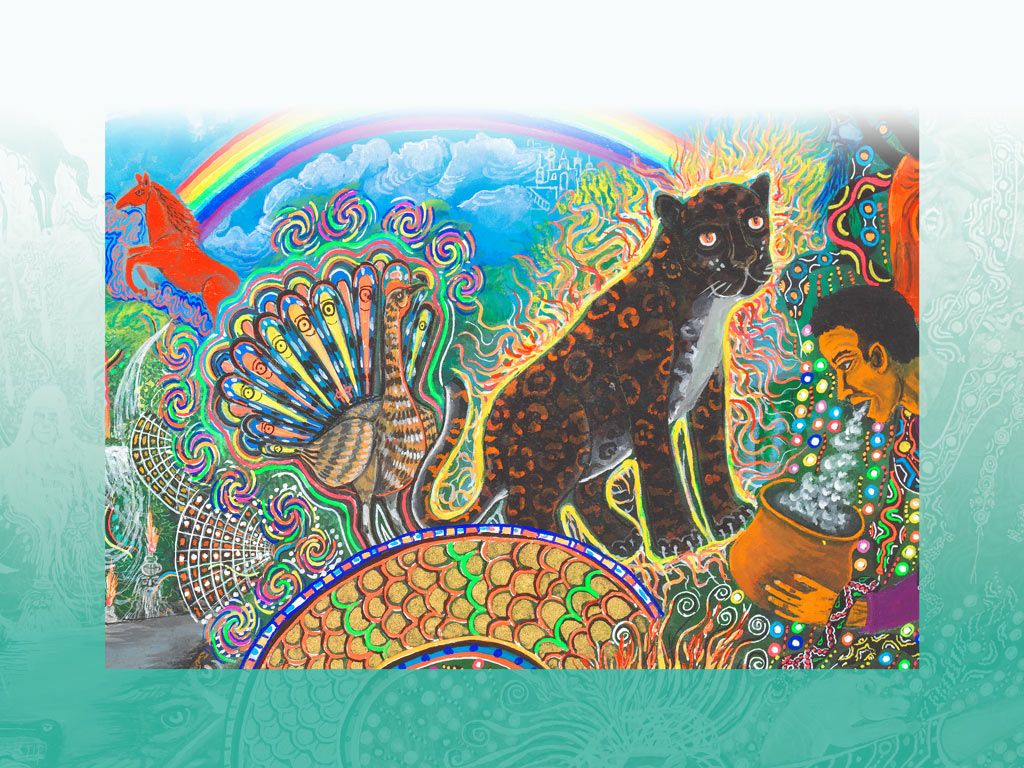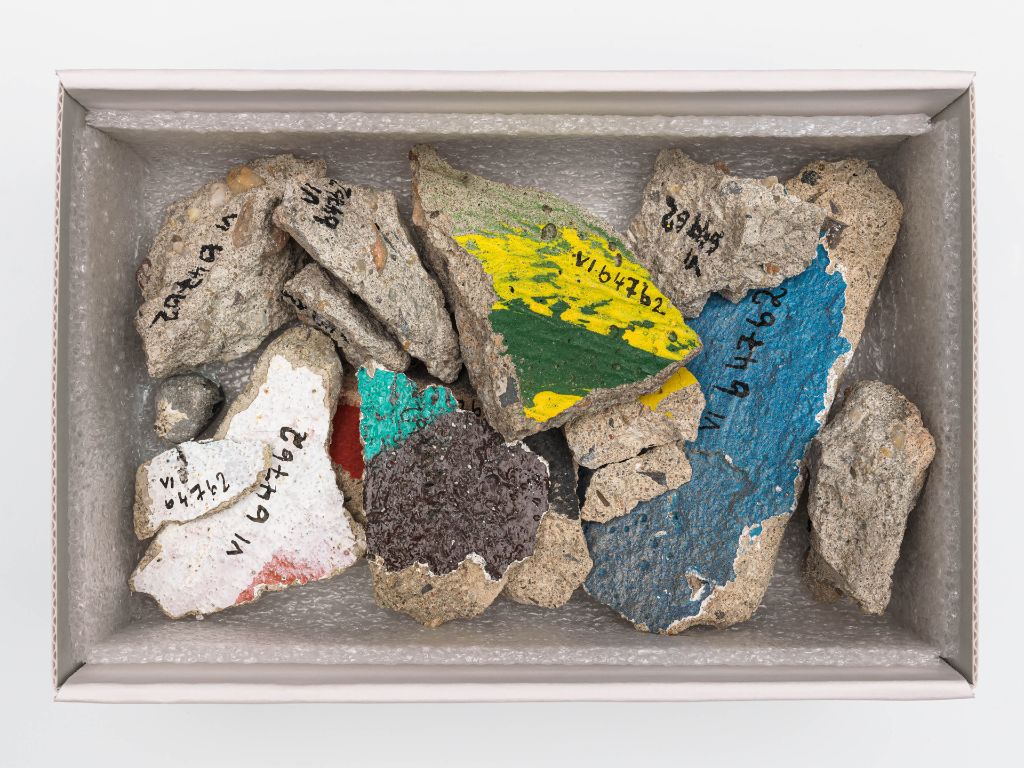Set in historical rooms, the Museum offers a colourful overview of the world-famous Basel carnival – ranging from costumes, lanterns, masks, and musical instruments, to historical documents and a replica of a typical “carnival pub”. In addition, a multimedia station provides a lively insight into the hustle and bustle of the Basel carnival.
The Basel carnival is a major annual event with a rich tradition steeped in history. Every year it attracts tens of thousands of spectators from Basel and from across the world.
The permanent exhibition “Basel Carnival” takes visitors into a historical suite of rooms abounding with the unmistakeable atmosphere of carnival. Accompanied by the typical sound of piccolos and drums, visitors proceed from room to room. These are richly furnished with mostly historical artefacts which lend the Basel carnival its typical guise.
Shinig protest
Lanterns are the showpiece of every clique and, at the same time, a formidable and colourful “means of protest”. Ceiling-high lantern screens in the corridor bear impressive evidence of this form of pictorial resistance and the occasionally scathing criticism of the local ruling class and politics. They reveal that the Basel carnival is not only an epic celebration of tones and sounds, but also a momentous feast of colours and imagination.
The art of masking
Not only large parts of the population but also many artists actively take part in the “three best days of the year”, as the people of Basel like to call the event. This is not only borne out by the colourful lanterns but also by the facemasks, which are locally referred to as Larve (lit. larvae).
Three rooms are dedicated to the art of masking. One of them is a replica of a mask studio, the second features traditional models, while the third shows masks that are typically worn today.
Cultural heritage
The typical atmosphere of the Basel carnival comes out best in the reconstructed “carnival pub” which also includes the performance of a so-called Schnitzelbangg singer. Schnitzelbangg are satirical rhyming songs which in a witty, occasionally mocking form comment on events that occurred over of last year.
According to UNESCO, Schnitzelbangg help to promote tolerance through social criticism and foster social cohesion. Overall, the Basel carnival can be compared to a huge satirical magazine, the international organization declared, which is one of the reasons why the event was included in its list of Intangible Cultural Heritage in 2017.
A cooperation between the Museum der Kulturen Basel and the association “Basler Fasnachts-Welt”
.svg)




